Owning a pet takes a lot of responsibility. One must take care of the pet constantly by feeding, cleaning, and especially maintaining their health, ensuring they do not fall into disease or injury. Pet owners dread the thought of watching their beloved pet suffer while they can only watch. FLUTD in cats is one of the few diseases your pet cat can catch and something that the owners should be looking out for.
What is FLUTD
Feline lower urinary tract disease (FLUTD) is not a specific disease. In actuality, it is a term used to describe conditions that affect the urinary bladder and even the urethra of cats. FLUTDs are usually more common in male cats. It encompasses around ten different types of diseases related to the lower urinary tract.
All of these diseases appear similar, especially with their symptoms. Signs which are commonly associated with FLUTD are usually referred to, in medical terms, as lower urinary tract signs, or LUTS for short. Medical experts and professional veterinarians can use these signs to differentiate and identify the specific disease affecting the cat.
FLUTD in cats can have serious long-term consequences. Sometimes they can disappear naturally, but other times they can manifest into life-threatening situations which require immediate care.
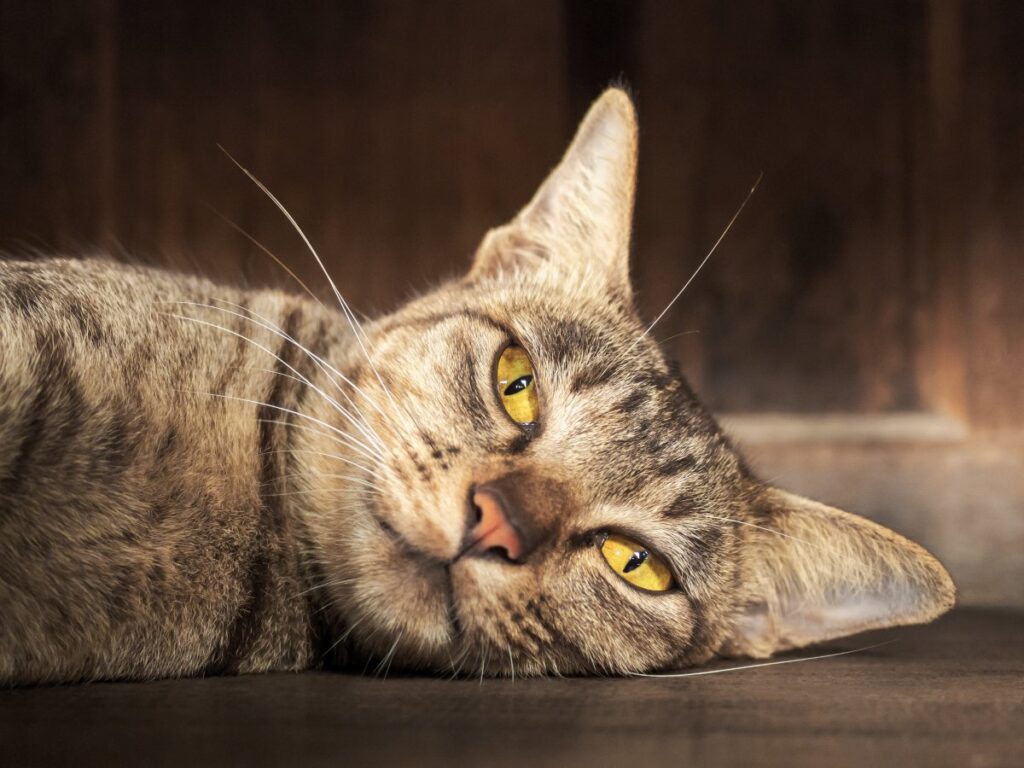
Causes of FLUTD
There are a plethora of causes of FLUTD in cats. Many factors such as the cat’s genetics, environment, and nutrition play a role in manifesting this disease. The most common cause of FLUTD in cats is non-obstructive feline idiopathic cystitis or FIC. Less common causes can include urolithiasis and urethral plugs, which often emerge when an FIC attack escalates and worsens, leading to the blockage of the bladder. Urinary tract infections (UTIs) can also eventually lead to FLUTD in cats.
Other causes can also include trauma or underlying kidney disease, but it could also just be urinary stones or a mucus plug. Sometimes FLUTDs can have no evident cause at all! Regardless of the reason, the result is the same; the feline’s urinary tract becomes inflamed, causing difficult discharge of urine for the kitty.
Urolithiasis
Urolithiasis or urinary stones make up at least 15 to 20% of cases of FLUTD in cats. These stones occur when crystals present in urine combine to form small stones. These stones are located in the urinary bladder but can easily form in the kidneys, ureters, and urethra.
Often found in healthy cats who simply release them out with their urine, these stones only become a problem if they accumulate in the bladder and clump together. They then become lodged in the urethra and even form urethral plugs, which risk obstruction of the urinary tract.
This obstruction could easily prevent urination, making it a medical emergency that requires immediate treatment from a veterinarian. A special diet can be adopted, allowing the stones to dissolve, but surgery is sometimes the only option.
Urinary infection
Infection of a cat’s urinary tract is often the result of invading bacteria, viruses, fungi, and even parasites. Bacterial infections are more common than the other three types of infections, but they are relatively uncommon in cats. This infection can eventually lead to FLUTD in cats.
If an infection is identified in your cat’s urinary tract, the veterinarian should search for other diseases or problems which could have placed your cat at the risk of an infection in the first place.
Bladder infections contribute to 5% of FLUTD in cats because the acid content and concentration of the urine are usually strong enough to prevent infection. Kidney disease and diabetes alter this acidity concentration increase the risk of infection. Urinary stones usually follow this infection. Treatment depends on the intensity of the infection and may include fluid therapy and antibiotics.
Urethral obstruction
The most severe problem associated with FLUTD in cats is the blocking of the urethra. It causes the cats to strain when urinating, often to no result. Often appearing as if the cat is constipated, in actuality, it is unable to pass urine. Urethral obstruction is a life-threatening condition that could be the result of urethral stones or urethral plugs.
Once the urethra becomes blocked, kidneys cannot remove toxins from the blood or maintain a balance of fluids and electrolytes in the body. This is more common in male cats.
A perineal urethrostomy, a medical operation, can also be considered for cats who continue to face obstructions despite treatment. But this is usually considered a last resort as the side effects include bleeding, urinary incontinence, and a much greater chance of urinary tract infection.
Feline idiopathic cystitis
Feline idiopathic cystitis, or FIC, is the most common diagnosis for FLUTD in cats. There is no specific diagnostic test for FIC. Instead, it is a diagnosis of exclusion which means that it is diagnosed once all other diseases with similar symptoms are ruled out.
This disease is not yet completely understood and may involve several body and urinary systems, making it very frustrating for the cat, its owner, and the veterinarian attending the case. These vets then cannot predict if FLUTD in cats will relapse or not. Various medical treatments result in different degrees of success. Still, more often than not, veterinarians will start the treatment by addressing behavioral issues, attempting to reduce stress in the cat, and setting a better diet by avoiding canned food.
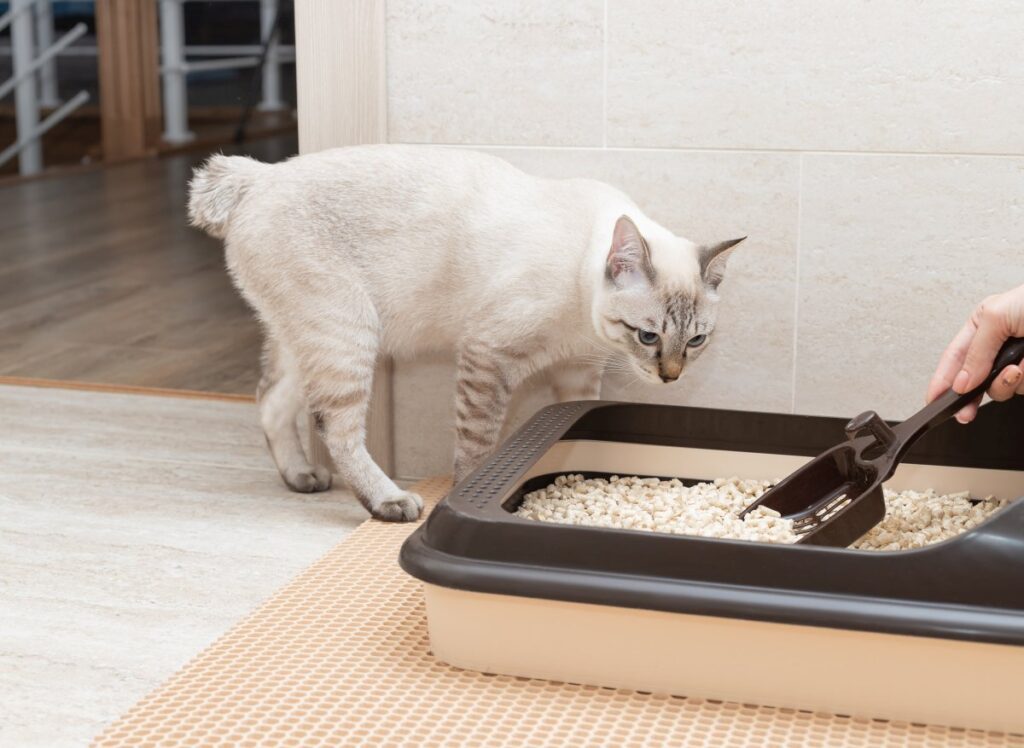
Symptoms
The symptoms of FLUTD in cats can be hard to spot as the primary symptom, which is the strain when urinating, is easily mistakable for constipation, but this sign can be substituted by monitoring the amount of time your cat visits the litter box.
Frequent but prolonged visits to the litter box combined with minimal amounts of urine found can be a sure sign that the cat is having some problems. Even the urine itself can show signs of FLUTD in cats, urine with a strong ammonia odor that is cloudy or even bloody.
Excess licking of the genital area may show the cat’s distress and discomfort. Other behaviors could include lethargy, vomiting, loss of bladder control, and active avoidance of the litter box (due to fear or stress). Book an appointment with your veterinarian if your cat is showing these signs.
Investigations & Diagnosis
FLUTD in cats is a serious disorder. If you believe that your cat is suffering from Feline urinary tract disease, it is time to visit the veterinarian. FLUTD in cats has many causes, so it is difficult to diagnose.
Based on your cat’s symptoms, doctors will first conduct a physical examination and most likely run a urinalysis, assessing the urines’ acidity and concentration. While also checking for the presence of stones, bleeding, infection, and or inflammation. If the cause of the cat’s LUTS is still identified with the above tests, then the veterinarian may carry out other tests.
These tests include blood work, urine culture, x-rays, and ultrasounds. Apart from the test, the cat’s vitals should be monitored; renal values should be rechecked in 24-48 hours, and electrolytes should be rechecked in 2-6 hours.
Cats at risk
Feline urinary tract disease is most common in male cats. This is because their urethras are narrower than female cats. FLUTD in cats is thought to affect about 3% of cats every year, so it has been a fairly common disease affecting cats in recent years. Because of the nature of the disease and how multiple symptoms span across the same range of diseases, the underlying causes could be anything from the age of the cat to its breed and gender.
All of this could affect the impact of FLUTD in cats. It has been established that middle-aged cats are the most vulnerable, with overweight cats following shortly after. Being overweight often comes with a lack of exercise or a lack of access to the outside. Neutered cats also suffer more from FLUTD, and a dry diet also increases the chance of FLUTD.
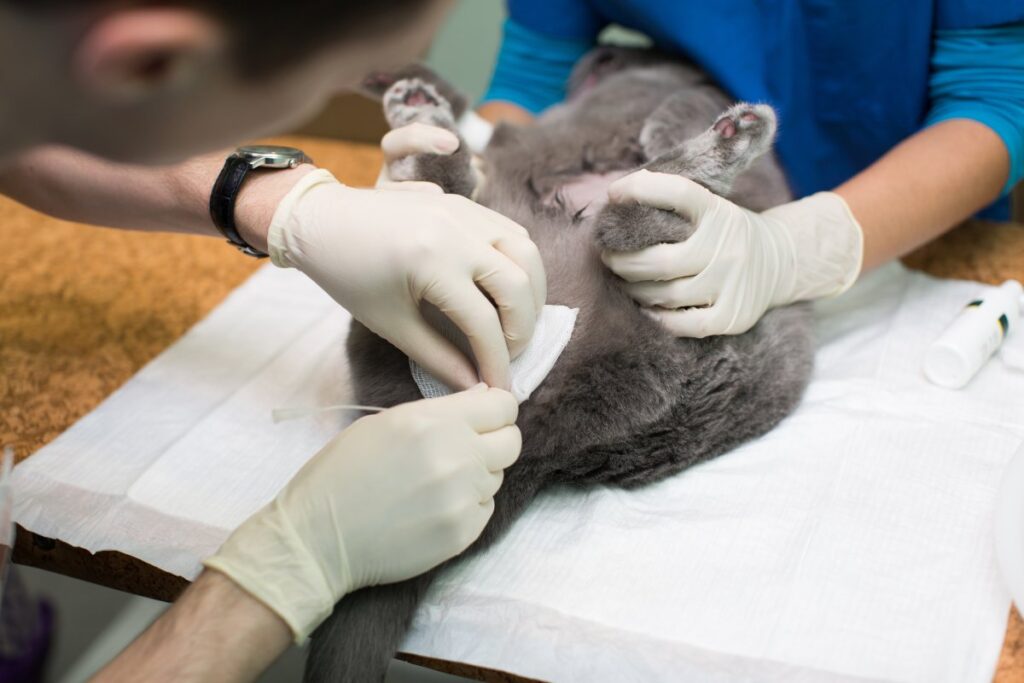
Treatment by Professionals
The treatment of FLUTD in cats will undoubtedly depend on the underlying cause since FLUTD is a range of problems and not a particular problem. Cases of bacterial cystitis are usually combated with antibacterial therapy with the drug of choice be based on the bacteria infecting the area.
Bladder stones, as mentioned above, can be nullified by a special diet that dissolves the stones; however, sometimes this doesn’t work, and the stones must be surgically removed. Ureteral plugs have to be removed via surgery. There is no other option.
Anesthesia must be applied to the cat so that it may not suffer during the operation. Post-surgery is also quite difficult for the cat, so drugs must be given to relieve pain. Due to FIC being less researched and its causes being unclear, multiple different management options must be taken to combat this FLUTD in cats.
Treatments at home
Although the underlying causes of FLUTD must be addressed before it can be treated, FLUTD in cats can be treated at home by ensuring the cat follows the treatment as prescribed by the veterinarian. Special diets or antibiotics prescribed to the feline must be given to it exactly as specified.
Whether the cat likes it or not, it must be given its medication. Increasing its water intake can also help it pass urine more easily at home. As stated, the cats may turn to fear and avoid the litter box, so measures must be taken to help promote going to the litter box.
Overweight cats may be required to do exercises to reduce weight, making it easier for treatments to progress. Usually, the best course of action when dealing with FLUTD in cats is to call a vet.
Prevention
There are a number of preventative measures which cat owners may adopt to reduce the risk of FLUTD in cats. The first being is to promote a healthier lifestyle. Make sure that the cat gets its regular exercise by going outside for walks or during regular playtime. Adopting a healthier diet is the next step with giving the cat a nice wet diet, as dry diets can increase FLUTD chances.
Drinking more water is also one of the best ways to reduce their chances of FLUTD. However, excess drinking water may also cause an adverse effect, so there should be a fine balance when giving water to your cat.
Neutering your cats may also seem like a good option sometimes, but this also increases the chance of the diseases. So it may be good to rethink about neutering your cat.
Research Results
From studying FLUTD in cats, it was found that from 101 of them, 52had FIC, 21 had urolithiasis, and 13 had urinary tract infections, while 15 had no diagnosis. Of the 86 diagnosed cats, FLUTD in cats had a recurrence rate of 58.1%, with no significant difference. The FLUTD in cats caused21 of them to relapse, some multiple times. FLUTD in cats leads to a 5.0% mortality rate among the 101 cats.
Post Treatment
Treatment for FLUTD in cats is usually diet changes, antibiotics, and lifestyle adjustments. So they don’t require any further treatment. Once these types of treatment are done, the cat and the owner can resume their old lives but should often stick to a healthier lifestyle to avoid future FLUTD in cats.
For other treatments, however, there may be many different things the cat and the owner must deal with after the treatment, especially if it is a surgery. Post-surgery, especially after treating urethral plugs, is hard to bear for the cat as it can lead to dehydration, inflammation of the urinary tract, and chronic pain.
While most of this depends on the cat’s condition after the surgery, one must be ready for the hardships that come afterward; painkillers, frequent checkups, drugs, antibiotics, and in some severe cases, hospitalization.
More than half of the cats showed two or more recurrent episodes. Cats should be investigated as the cause of FLUTD isn’t the same at different episodes. The mortality rate due to FLUTD is relatively lower than previously reported by other studies and researchers.
Lastly!
FLUTD in cats is a serious issue. One should prioritize going to the veterinarian, even if there is the slightest suspicion of FLUTD in your cat, as it can quickly become life-threatening almost instantly.

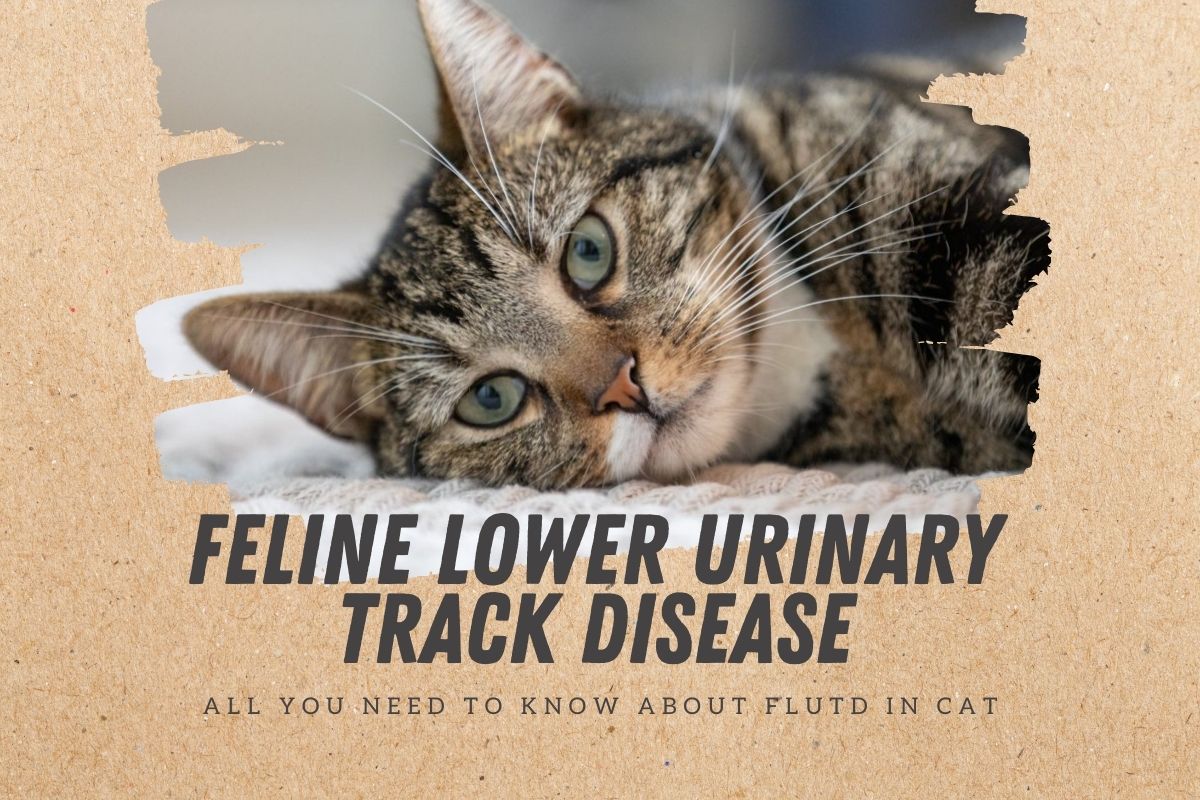
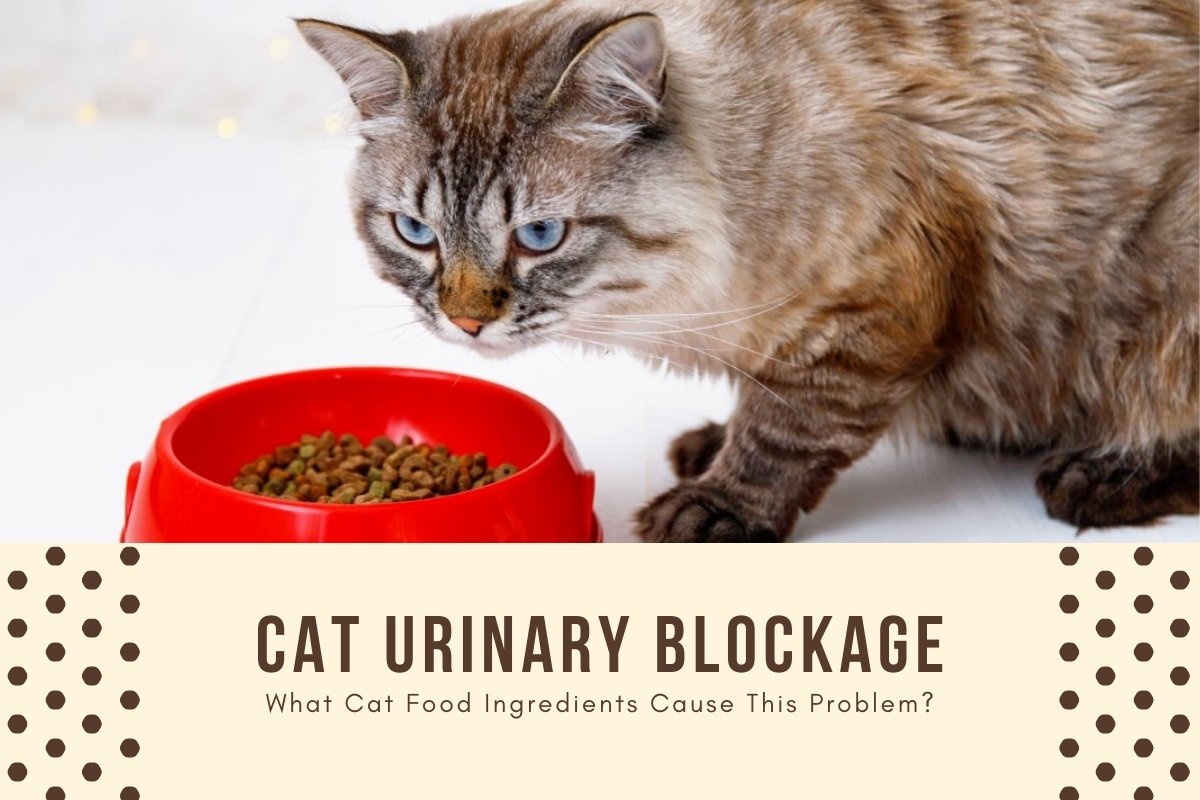
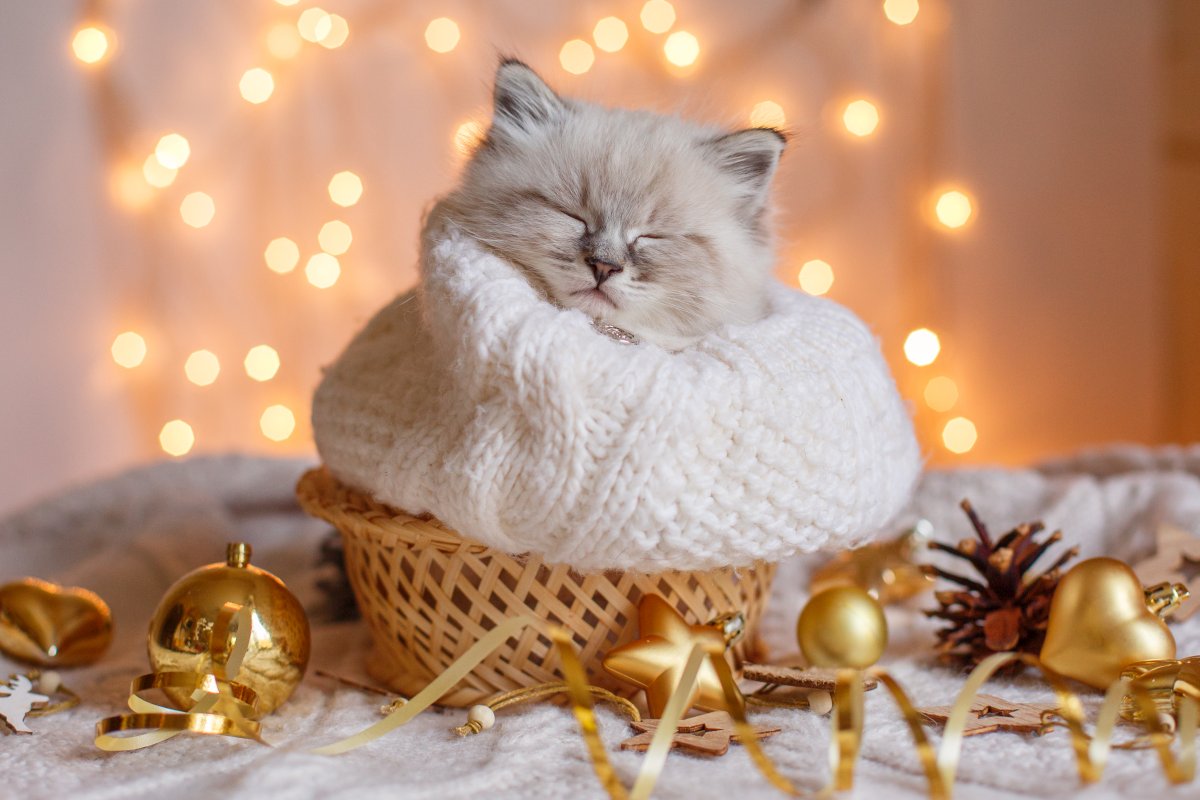
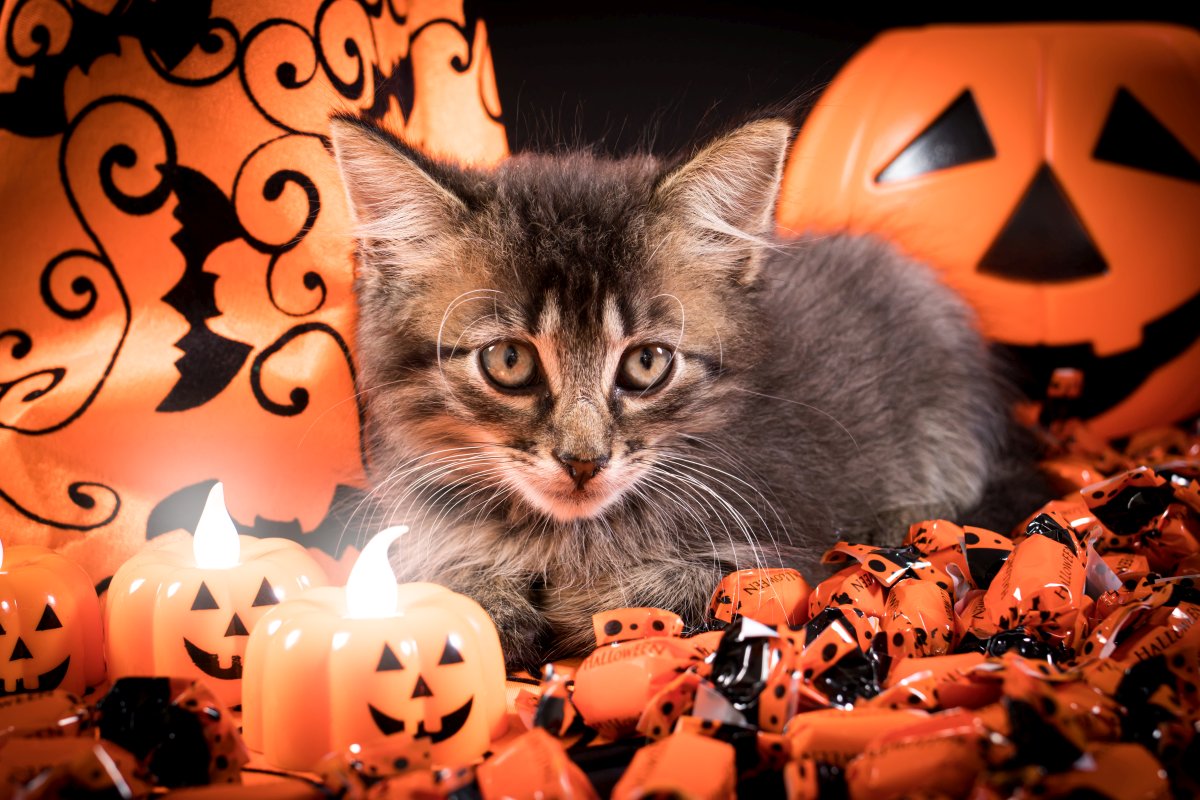

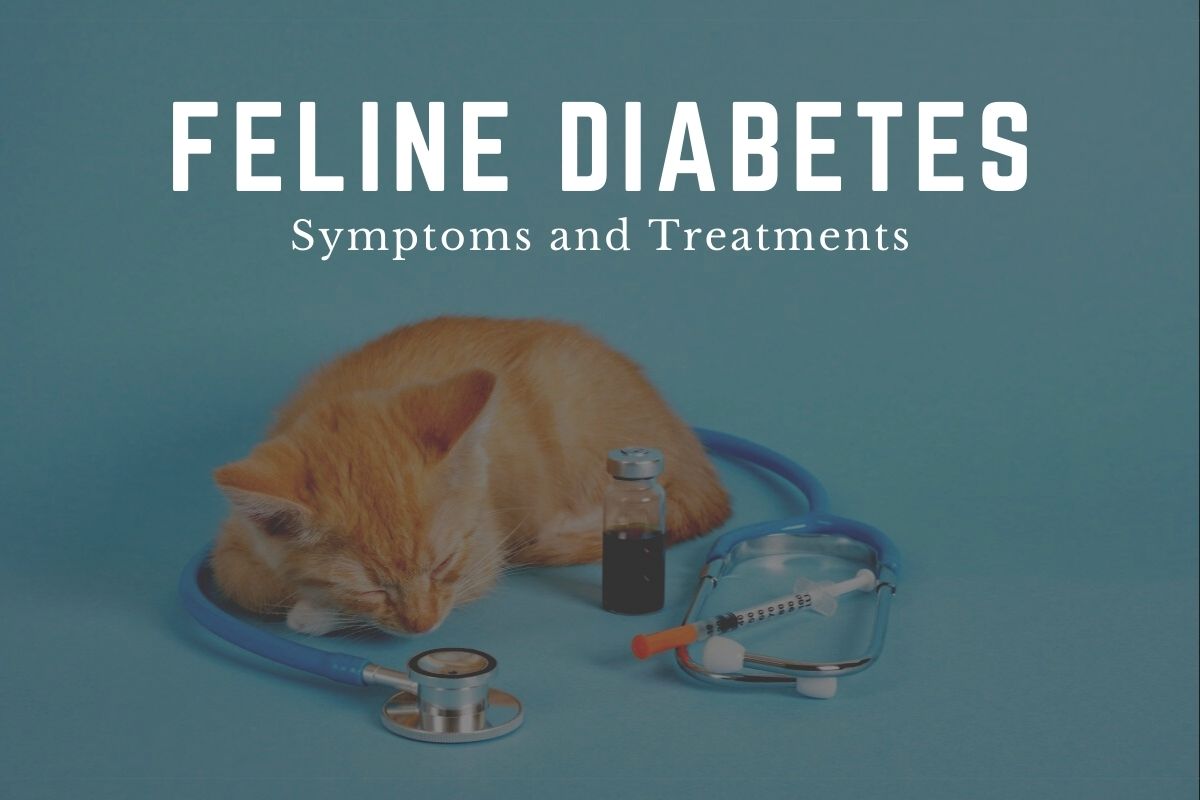
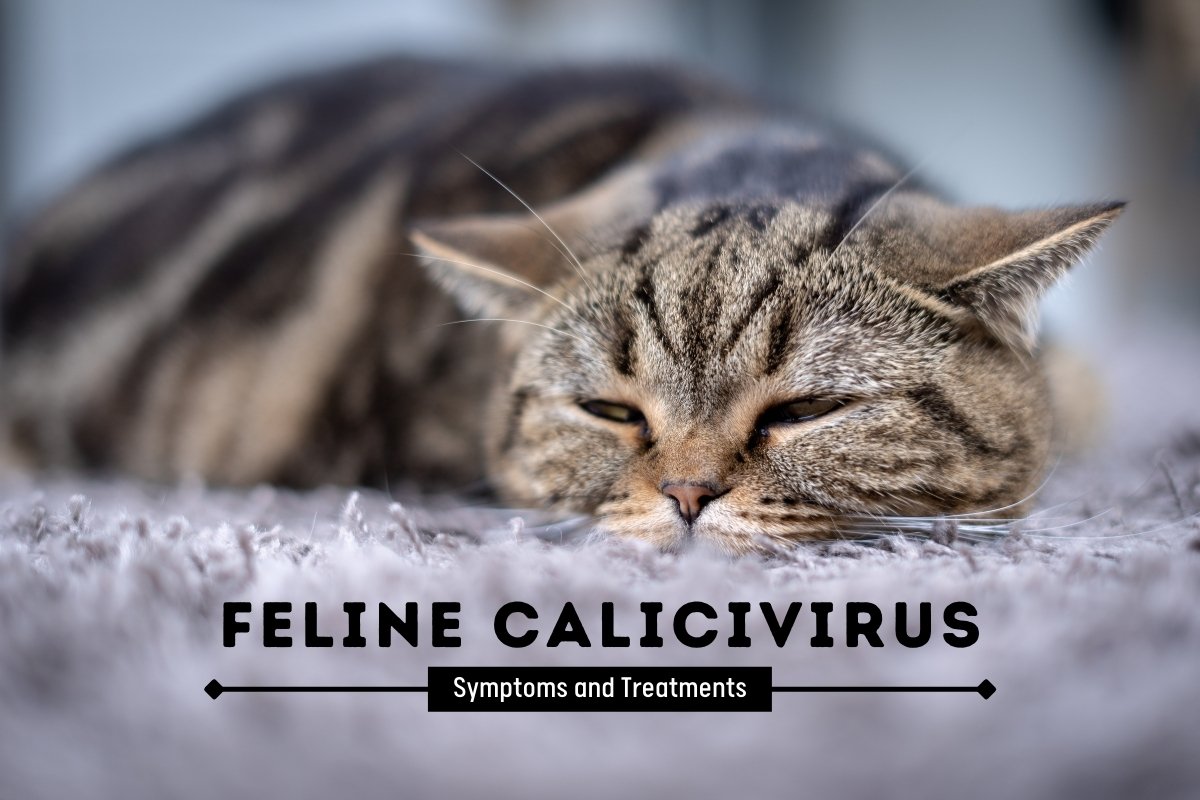
1 comment